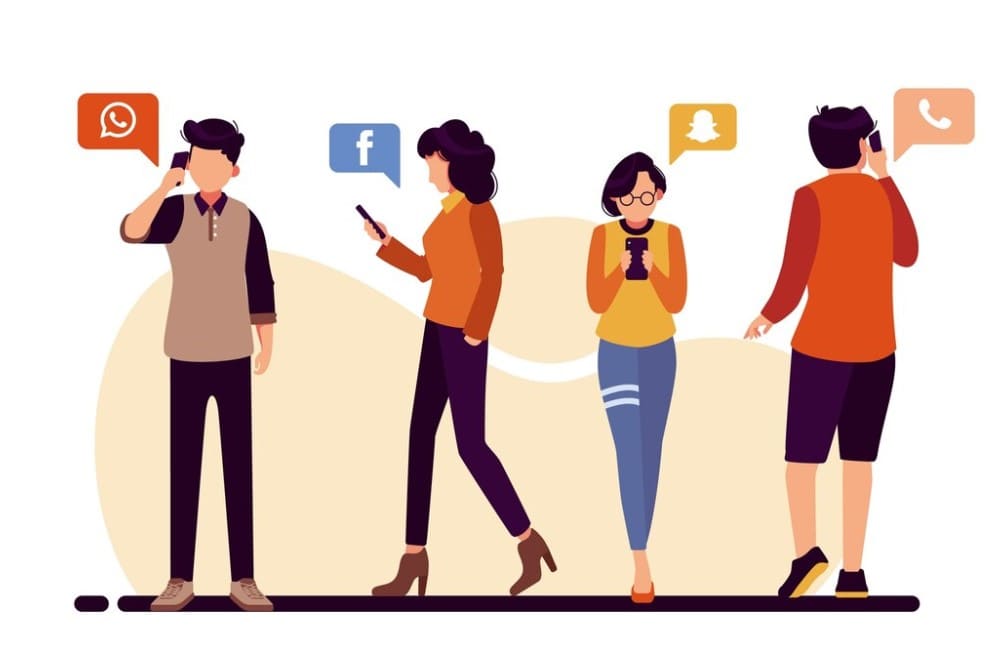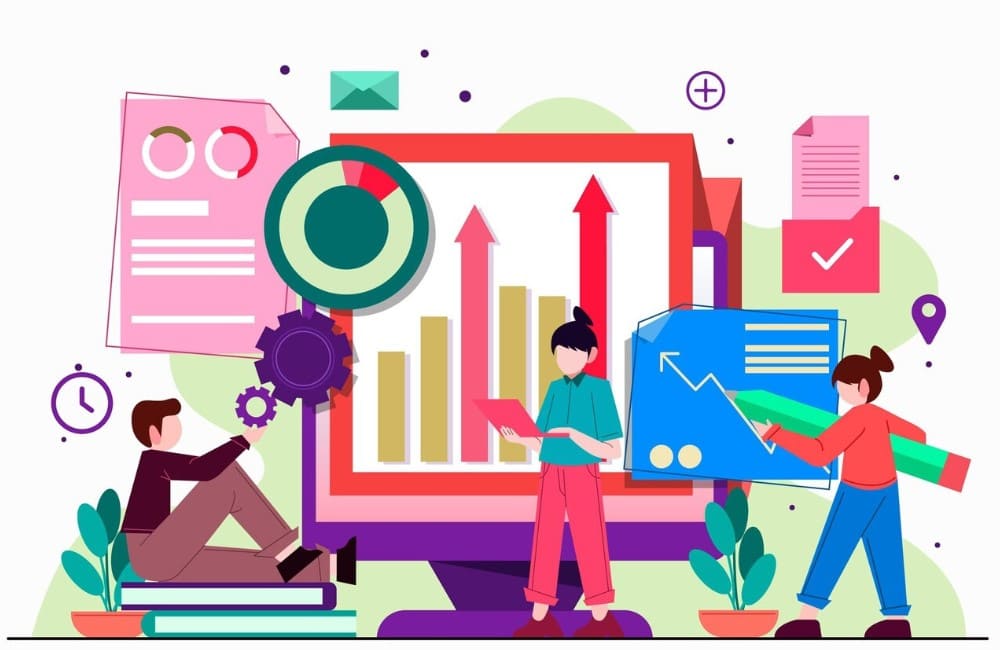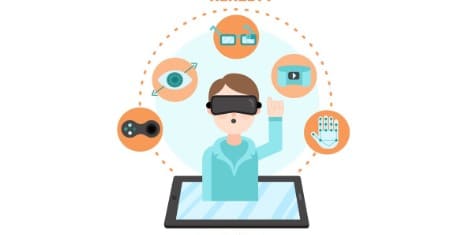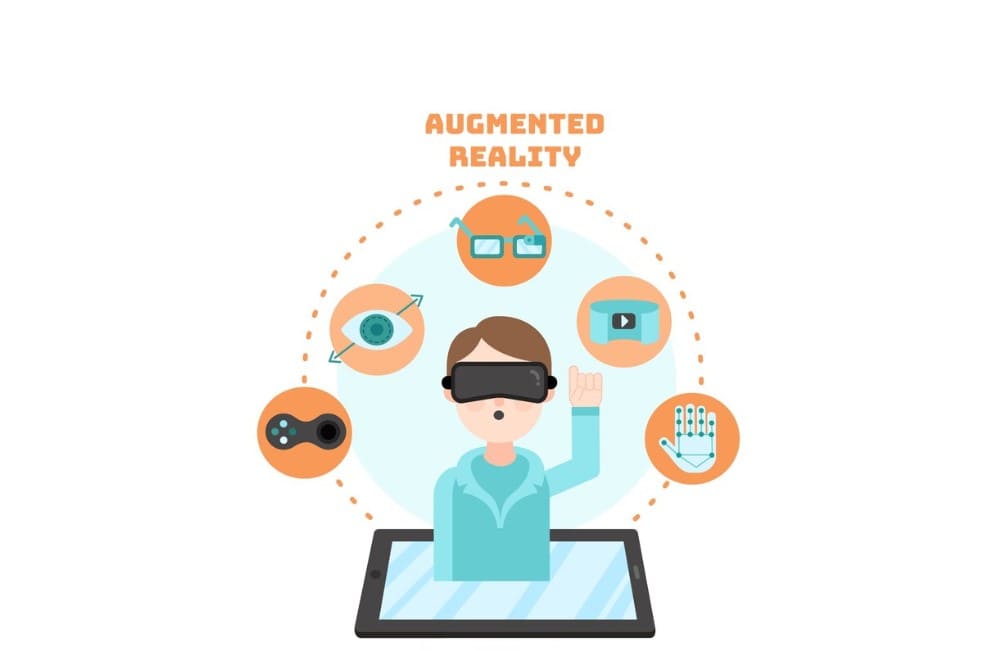Having an online presence for businesses is no longer an option; it is more of a requirement these days. Social media is used by businesses of all sizes to increase their online presence, get followers, and communicate with their target consumers. With this, it is safe to assume that you will no longer find any business these days that are not on social media.
However, whether you’re just getting started or a seasoned veteran, there’s always room for growth. So, here are 4 easy reminders to help you boost your social media game and market your brand successfully.

How Social Media, Texting, Cellphones, and the Internet Make the World Bigger and Smaller
- October 9, 2024
Social media, texting, smartphones, and the internet have all changed the way we live in significant ways. These innovations may both enlarge and reduce the entire world, presenting new possibilities and threats.
The article will discuss the paradoxical effects of the proliferation of digital instruments, which both broaden and narrow our horizons.
Expanding the World
Social media, the internet, and mobile phones have connected individuals all over the world and expanded the human community. Social media sites like Facebook, Twitter, and Instagram connect us with people and communities we would never have met otherwise. With everyone on the same page, it’s easier than ever to work together across borders.
The internet provides access to information that is unavailable from any other single location. It has enabled everyone with an internet connection to get instantaneous access to information from all around the globe. We can now learn more about more topics and do more research since knowledge has been “democratized.”
Globalization is also now possible thanks to the Internet. E-commerce has made it possible for even the smallest firms to compete on a global scale while telecommuting and independent contracting have given individuals in underdeveloped areas new employment and income alternatives.
TikTok and YouTube have emerged as potent instruments for cross-cultural communication. We can learn more about other cultures when people from all around the world share their customs, songs, and artwork with us. Likewise, social media has been instrumental in increasing worldwide awareness of important social and political concerns. Online forums have been essential in the growth and worldwide recognition of movements such as #BlackLivesMatter and #MeToo.
Reducing the World
Due to the ease of instantaneous communication provided by texting and IM programs, the globe has shrunk in size. People are able to connect quickly across countries and time zones, eliminating the barriers that previously prevented them from doing so.
Internet sites, films, and VR systems all provide the opportunity to travel without really leaving home. While there’s no substitute for actually going somewhere, the internet has made it possible for individuals to learn about other countries and cultures without leaving their couches.
Mobile devices equipped with global positioning systems (GPS) and direction-finding applications have greatly lowered the difficulty of navigating in new environments. This facilitates communication across geographical boundaries and equips individuals to get about in unfamiliar places.
Technology has also made it possible to maintain and strengthen social ties using virtual means while people are separated by distance. It’s easier than ever for people from all over the world to keep in touch with one another and share their lives and stories.
An increased awareness of global concerns and occurrences as a result of the internet and social media’s role in shrinking the globe. We can easily obtain news from all around the globe and keep up with global events in a matter of seconds.
What Are Some Things We Have to Consider?
1. Even if the internet has made the globe more accessible and smaller, it has also brought new difficulties.
2. The digital gap exists because some people do not have access to the same information and communication tools as others. Existing disparities may be exacerbated by this chasm.
3. The ease with which information may be disseminated through online platforms like social media and the internet gives rise to privacy issues. Individual information may be subject to abuse or hacking.
4. Information fatigue and difficulty distinguishing credible sources from disinformation are two effects of the internet’s abundance of data.
5. Although social media may bring people together, it can also serve as a venue for abusive behavior like cyberbullying, which can have serious psychological consequences.
6. Excessive use of smartphones and social media may cause addiction, which in turn reduces in-person social connection and has negative psychological and physiological effects.
Find Out: For more information about IT, visit this website at IT-Americano
Related articles
Contrary to popular belief, Lorem Ipsum is not simply random text. It has roots in a piece of classical Latin literature from 45 BC, making it over 2000 years old.










